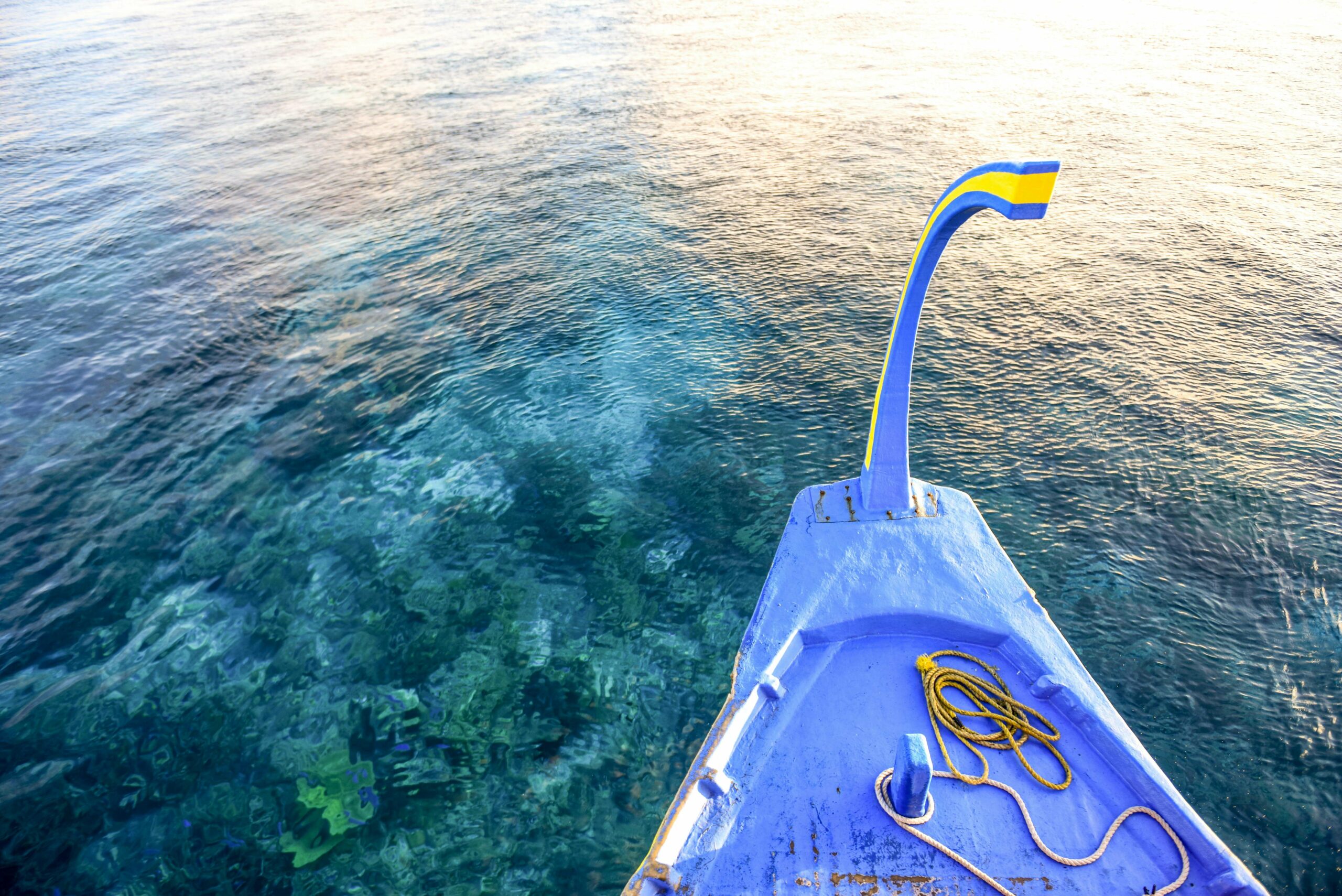The Caribbean is transforming how it trades—one policy, port, and parcel at a time. With evolving regulations and infrastructure improvements, importers must remain agile to navigate both opportunities and challenges, especially when sourcing from Asia.
Evolving Import Rules: What Caribbean Businesses Need to Know
1. Bigger Duty-Free Allowances Spark E-Commerce Growth
In response to the global surge in online shopping, Caribbean nations are easing barriers for small-scale imports. Jamaica, for instance, doubled its de minimis customs threshold from US$50 to US$100 in April 2024. This means consumers and small businesses can now import higher-value items duty-free, especially from Asian markets.
Other islands are following suit, streamlining express parcel clearance and reducing administrative burdens for low-value shipments—great news for SMEs and independent importers.
2. Tighter Vehicle Regulations Target Sustainability
By 2025, several countries—including Jamaica, the Bahamas, and the Dominican Republic—have enforced stricter vehicle import rules to combat environmental impact and modernize their roads:
- Age Limits: Only vehicles under 5–7 years old are now permitted.
- Emission Standards: Cars must meet Euro IV or V standards, curbing high-polluting models.
- Environmental Surcharges: Older diesel or high-emission vehicles attract up to 20% in extra “carbon” duties, while electric vehicles (EVs) enjoy duty reductions or exemptions.
This shift opens a golden window for importing affordable, Asia-made EVs, especially from automakers like BYD or Nissan.
3. Clarifying “Personal vs. Commercial” Imports
Import loopholes are closing. Cuba, for example, now prohibits individuals from importing large quantities of identical goods (e.g. 50 pairs of shoes) under personal allowances—flagging these as commercial activity. Expect increased scrutiny and duties unless shipments are diversified and well-documented.
Across the region, customs compliance is critical:
- Detailed invoices
- Certificates of origin
- Accurate bills of lading
Logistics in the Caribbean: Obstacles and Upgrades
1. Shipping Complexities and Cost Pressures
Importing from Asia is no simple task. Most Caribbean-bound cargo transits through hubs like Panama, Miami, or Kingston Freeport before reaching its final island destination. Each stop adds time, cost, and logistical coordination.
Challenges include:
- High per-unit freight costs
- Infrequent feeder vessel schedules
- Steep port fees, insurance, and handling charges
Smart strategies:
- Consolidate shipments
- Maintain higher stock levels
- Use Asia-Caribbean experienced freight forwarders
Ports: Some Booming, Others Bottlenecked
While ports in Jamaica, the Bahamas, and the Dominican Republic have invested in modernization—cranes, container handling, and digitized customs—smaller islands lag behind with limited capacity and shorter operating hours.
Recent developments:
- Forced pre-clearance (submit documents/pay duties before ship arrival)
- Penalty fees for delayed container pickups
- Automation efforts via systems like ASYCUDA World
3. Intra-Caribbean Trade? Still a Maze
- High tariffs
- Customs delays
- Sparse shipping routes
CARICOM continues to push for regional customs harmonization and smoother cross-border logistics. Until then, intra-regional trade remains a complex piece of the puzzle for regional distributors.
The Road Ahead: Bridging Asia and the Caribbean
Despite the hurdles, the future looks promising. Expanded Panama Canal routes and increased RoRo (Roll-on/Roll-off) shipping options for vehicles are making imports faster and cheaper. Plus, digital customs systems are streamlining what used to be paper-heavy processes.
Key Takeaways for Importers:
- Stay updated on regulatory changes—especially for vehicles and small parcel imports
- Plan logistics well in advance and factor in multi-hop transit times
- Ensure full compliance with documentation and customs protocols
- Work with trusted freight and customs partners
Ports: Some Booming, Others Bottlenecked
With the right preparation, Caribbean businesses can turn regulatory and logistical challenges into competitive advantages. The Asia-Caribbean trade bridge is long—but it’s more accessible and profitable than ever.
Ready to Source from Asia with Confidence?
Visit AsiaCaribbean.com to explore trusted suppliers, logistics solutions, and regulatory guidance tailored for Caribbean importers.
CARICOM continues to push for regional customs harmonization and smoother cross-border logistics. Until then, intra-regional trade remains a complex piece of the puzzle for regional distributors.





